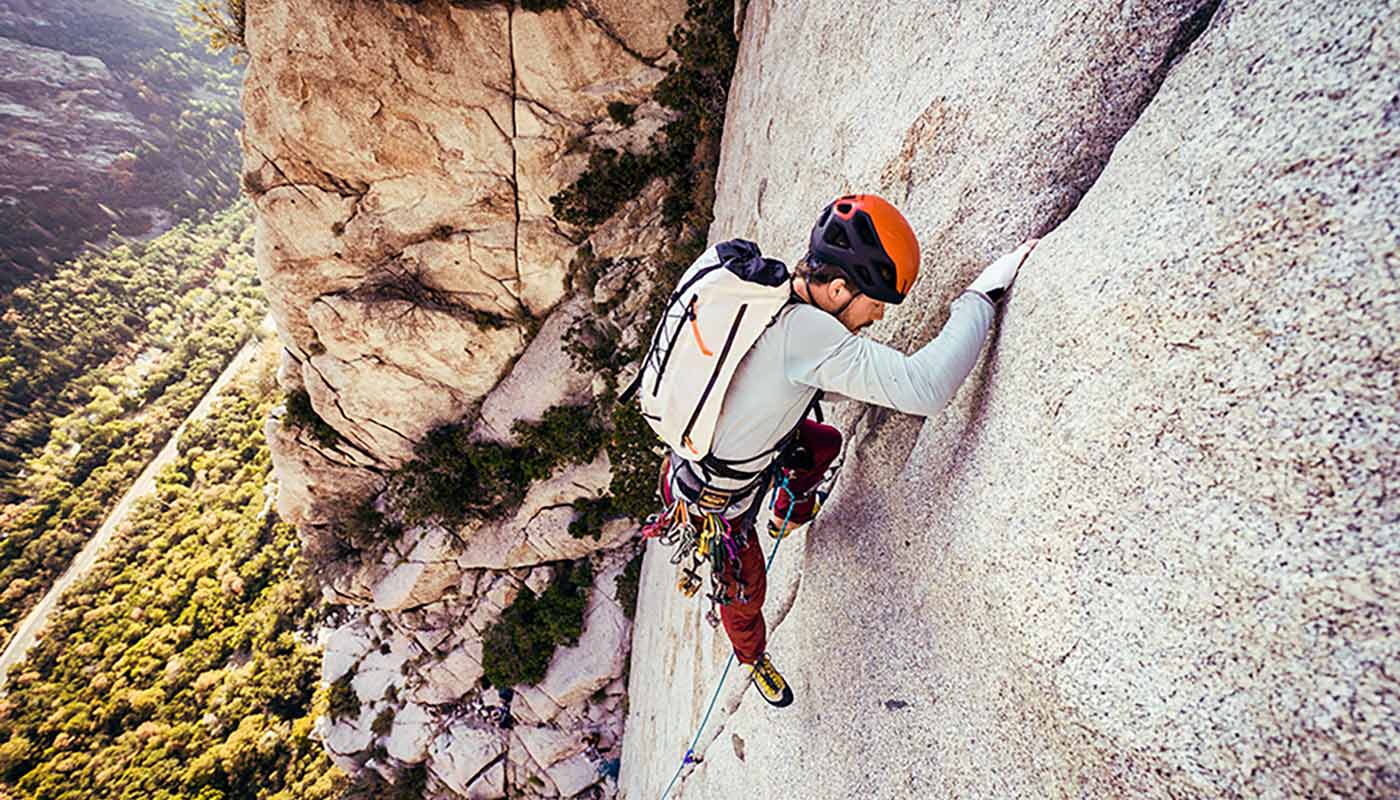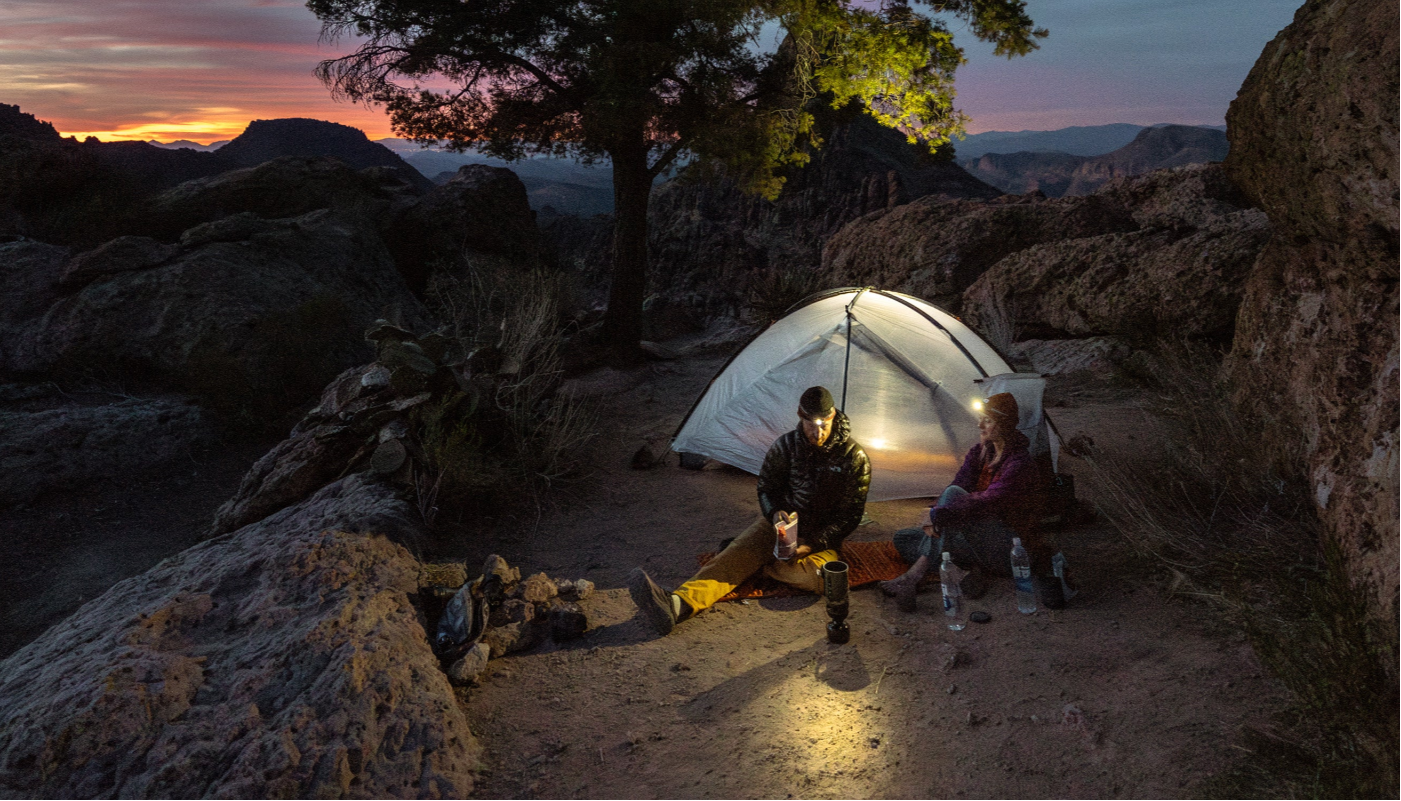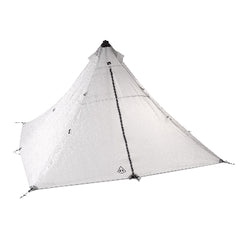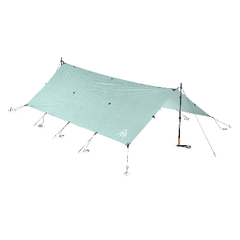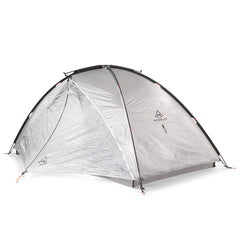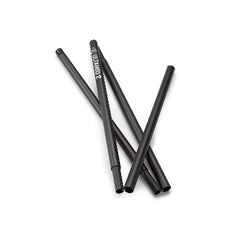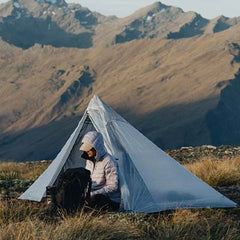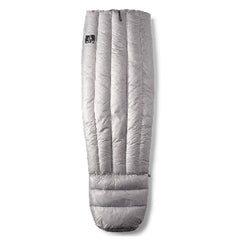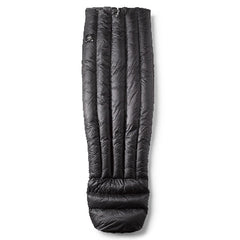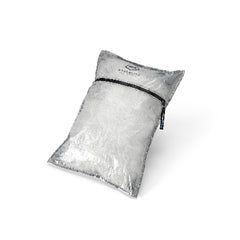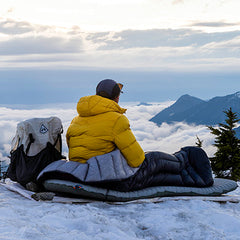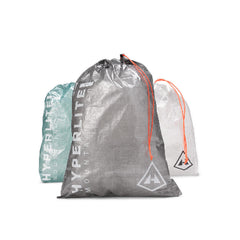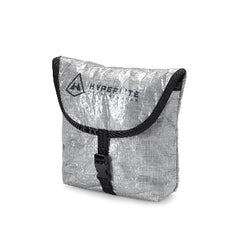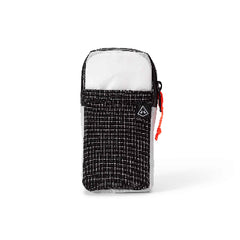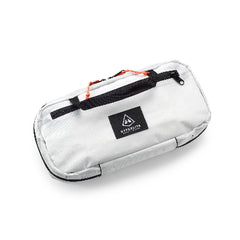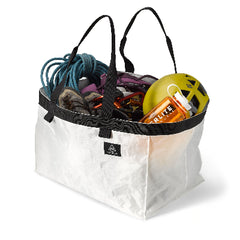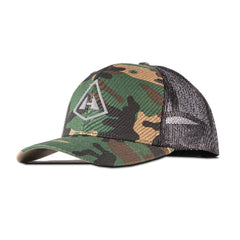Words and Photos by Tyler Brilinski

Ask any avid adventurer which range of the American West holds the greatest grandeur, and you will get many answers. All of them are correct: the endless peaks of the Rockies, that glow of the high Sierra, and perhaps the Tetons in all their glory. But few will name the Cascades of Northern Washington. It should come as no surprise, especially given that Yosemite may see as many visitors on a busy summer day as the North Cascades National Park sees all year.
There are clear reasons for this. The finest sights in the Cascades can rarely be seen from a trail, let alone a trailer. Its high latitude is like stepping back towards the last ice age. Hundreds of glaciers still cling to the peaks along the crest, complicating the prospect of traveling in the range. To date, very few miles of trail have been constructed above tree line. Even those who spend their final weeks on the PCT here will hardly catch a glimpse at what there is to offer.
 Soaking it up on a scouting trip last summer.
Soaking it up on a scouting trip last summer.
There are a handful of established off-trail traverses and high routes that have gained at least some popularity. But the creative impulse to put a route across the entire range has yielded surprisingly few strokes on the canvas. In an area so vast, remote, and complex, it can be difficult to define exactly where such a route should start or end.
We have given such questions many hours of consideration. And spent many weeks out exploring the options. To our eyes, the answer is clear. The two massive stratovolcanoes almost perfectly bookend the glaciated crest and serve as spectacular beginning and endpoints. Slightly higher than the tallest peaks in the range, they provide ongoing cues of the progress behind and the distance still to go. We travel through a few areas that will be known by many: Artist Point, Boston Basin, and Cascade Pass. But we also traverse many, which are visited by only the most rugged aficionados of Cascade tomfoolery (The gunsights and Picket range, to name a few).

Sky islands in the North Cascades; as seen from our route’s official starting point 6/12/25.
Our objective is to travel from the summit of Mount Baker to the top of Glacier Peak. To the extent possible, we stay above the tree line and close to the Cascade crest. There are very few on-trail miles along the way. Our planned route traverses 25 named glaciers and a handful of unnamed ones.
The varied terrain on a route like this is what makes it most challenging and interesting. We must be able to move through a wide range of technical mediums–ascending ice on the north side of Baker, rock climbing in a variety of suboptimal stone types, and traversing complex glaciers.
Beyond that, we encounter seemingly endless boulder hopping, unprotectable slab walking, and infamous North Cascades bushwhacking.
Sketching the route was the easy part. Assembling a team to sculpt the final masterpiece was another thing. Simply being a strong hiker isn’t enough. Neither is having a mastery of the technical alpine skills. It would take skill in all these areas, with fortitude to match, and a high level of comfort with the uncomfortable.
Eric and I met on a remote river in the Yukon. We quickly connected on our passion for off-trail exploration. As we came together on this project, we couldn’t help but think of Max and how his skills and experience would be a perfect match for the challenge ahead.

All smiles from Volk high atop Forbidden Peak last August. A little more than halfway through the route. Our starting point of Mount Baker can be seen far in the upper right.
Modern advances in equipment and technology allow explorers to push boundaries previously unimagined. But this era presents some unique challenges as well: dwindling snowpacks, receding glaciers, and a “fire season” that seems to encroach further on the alpine season with each passing year. With all that in mind, the gear selection becomes increasingly critical. It goes without saying that we have to be light, and we have to be fast. But on a trip like this gear failure can be a lot more serious than just a chilly night at camp. It has to be safe, reliable, tried and tested.
On top of all that, due to the remote nature of this terrain we are given only a single reasonable resupply. This only raises the stakes on gear selection. The packs, in particular, have to be rugged and light and yet have the capacity to carry everything needed to complete the mission. For that, we know Hyperlite Mountain Gear is the clear choice.

Eric repairing his pack from the other guys–instead of enjoying a sunset over Mt Challenger.
We have spent years dreaming of this and almost as much time planning, preparing, and working different sections of the route. This year, it all goes down. 4th of July, we fly. Stay tuned–the stoke is high!

